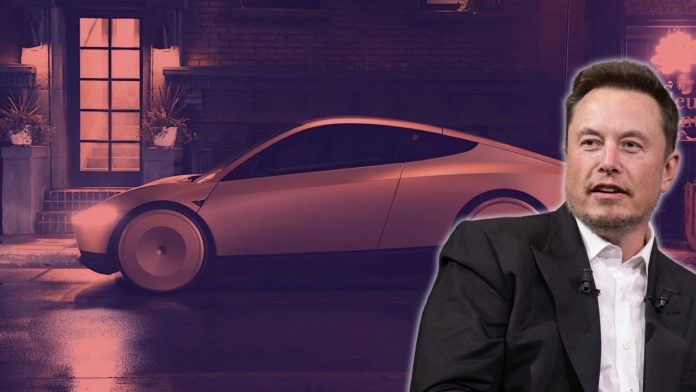Elon Musk’s recent announcement of high-volume robotaxis, unveiled as Cybercabs by Tesla, faces a significant hurdle: U.S. regulations currently prohibit the deployment of vehicles without steering wheels or other essential controls. These regulations, overseen by the National Highway Traffic Safety Administration (NHTSA), require automakers to secure exemptions before introducing such vehicles on the road, making Musk’s promise of mass production a distant reality.
Even if Tesla were granted exemptions, the automaker would only be allowed to deploy 2,500 vehicles per year—a far cry from the “very-high volume” Musk promised investors. This limitation underscores the disconnect between Tesla’s ambitious plans and the current regulatory environment. University of South Carolina law professor and autonomous vehicle expert Bryant Walker Smith emphasized that unless Congress raises the exemption limit, these vehicles will remain niche products, unsuitable for mass production.
Musk’s unveiling of the Cybercab is part of his broader push into robotics and artificial intelligence. However, during the product launch, Musk avoided addressing how Tesla plans to navigate regulatory challenges or transition from its advanced driver-assistance systems to fully autonomous vehicles. According to NHTSA, Tesla has yet to apply for any regulatory exemptions for the Cybercab.
Tesla is not alone in facing these regulatory challenges. Through its Cruise unit, General Motors sought NHTSA approval in 2022 for a driverless shuttle without steering wheels and other human controls. However, after waiting more than two years without a decision, GM withdrew its request in July 2024. So far, NHTSA has only granted one such exemption, in 2020, allowing startup Nuro to deploy low-speed, autonomous delivery vehicles designed to carry goods, not passengers.
In addition to federal regulations, Tesla must navigate state-specific rules regarding autonomous vehicles. California, Tesla’s former headquarters, requires companies to obtain driverless testing or deployment permits, which Tesla has not yet applied for. Although Tesla holds a permit to test autonomous technology with a safety driver, it hasn’t been used since 2019, according to the California Department of Motor Vehicles.
Texas, now home to Tesla’s headquarters, takes a more lenient approach. The state does not require unique permits for autonomous vehicles, allowing Tesla more operational freedom there. Yet, despite Texas’ favorable regulatory climate, the technical challenge remains formidable. According to Smith, Tesla has claimed for over a decade that it’s close to delivering fully autonomous vehicles, but it has yet to prove the technology is safe enough for widespread use.
Until Tesla can demonstrate a reliable self-driving system, its ambitious plans for a robotaxi fleet remain aspirational. Experts like Mary “Missy” Cummings, an engineering professor at George Mason University and former NHTSA advisor, argue that Tesla is still “years away” from obtaining the necessary permits, particularly in strict regulatory environments like California.



